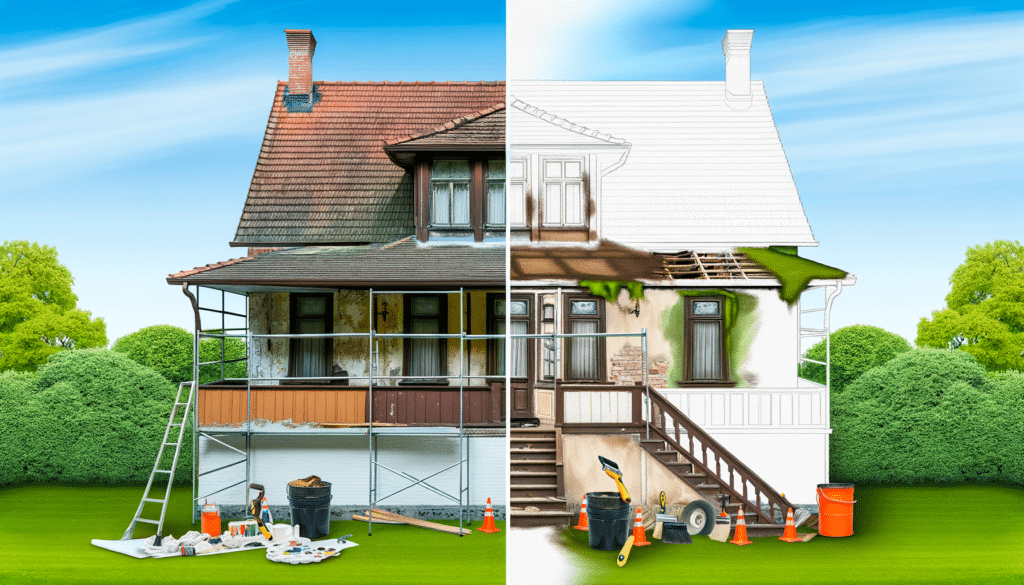Planning and Budgeting
Effective planning and budgeting are critical components of any property rehabilitation project. Before any physical work begins, it is important to map out a detailed plan that outlines the scope of the work, timeline, and costs. This often involves consulting with professionals such as contractors, architects, and interior designers to get accurate estimates and expert advice. Allocating a budget is just as crucial, as this will determine the extent of the repairs and improvements you can undertake. Overestimating your budget can help accommodate unexpected expenses, ensuring that the project remains on track.
Addressing Structural Issues
Structural issues are a significant concern in property rehabilitation and should be addressed before any cosmetic improvements are made. This includes examining and repairing the foundation, roof, walls, and any other structural elements. Neglecting these issues can lead to more severe problems down the line and can compromise both the safety and value of the property. It is advisable to hire structural engineers and other professionals to assess and carry out these repairs to ensure they meet safety codes and regulations.
Modernizing Utilities
Modernizing the utilities such as plumbing, electrical systems, and HVAC is another crucial aspect of property rehabilitation. Older properties often have outdated or unsafe systems that need to be replaced or upgraded to meet contemporary standards. This not only ensures the safety and functionality of the home but also enhances its energy efficiency. Updating these systems can be costly, but the long-term benefits often outweigh the initial expenses, making the property more attractive to potential buyers or tenants.
Enhancing Aesthetic Appeal
Once the major structural and utility issues have been addressed, the next step is to focus on the aesthetic aspects of the property. This can include repainting walls, replacing old flooring, updating kitchens and bathrooms, and adding landscaping elements. The aim is to make the property visually appealing while also making it more comfortable and functional. Attention to detail in the finishing touches can significantly enhance the overall look and feel of the property, making it more inviting for current occupants or attractive to potential buyers. Hiring skilled craftsmen and designers can make a big difference in the quality of the final results.

